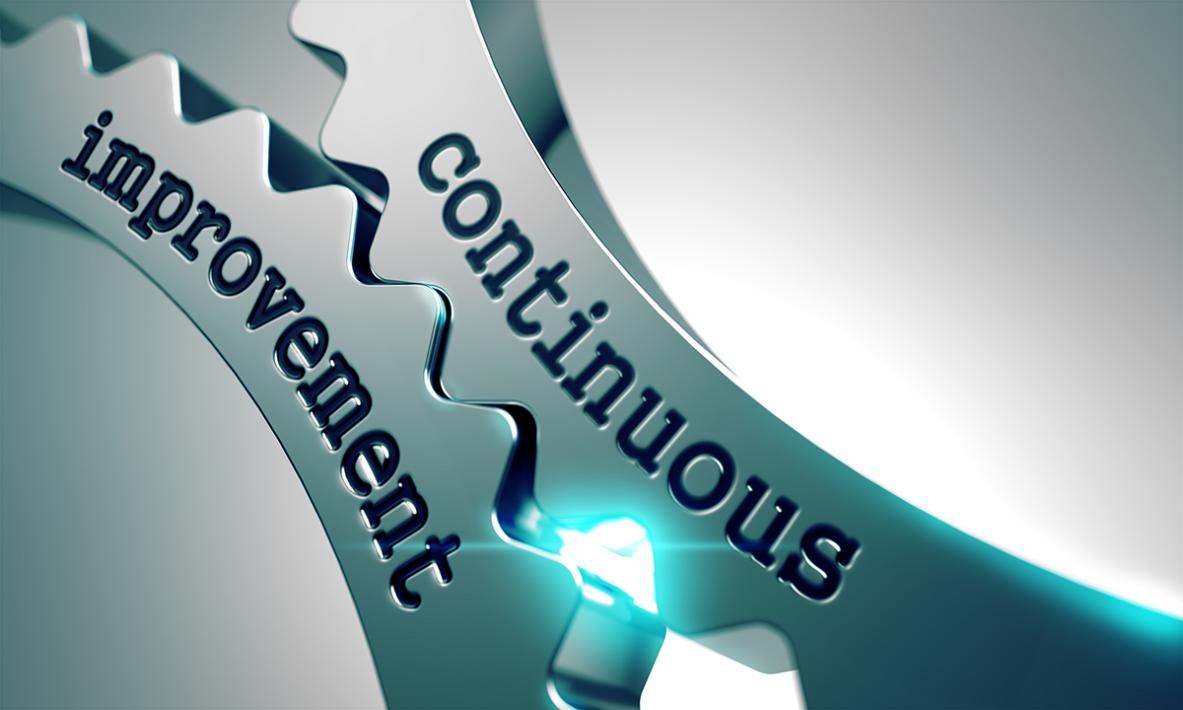Demystifying Reinforcement Learning for Continuous Control: A Step-by-Step Approach
Reinforcement learning (RL) has emerged as a powerful technique for solving complex control tasks, particularly in continuous control domains. Unlike traditional control methods, RL allows agents to learn optimal control policies through interaction with the environment without relying on explicit programming. This article aims to demystify RL for continuous control, providing a comprehensive guide to the key concepts, challenges, and practical steps involved in developing RL agents for continuous control tasks.

Understanding The Basics Of RL
Key Concepts Of RL:
- States: A snapshot of the environment at a given time.
- Actions: The available options for the agent to influence the environment.
- Rewards: Feedback from the environment indicating the desirability of an action.
- Goal: The long-term objective the agent strives to achieve.
Types Of RL Algorithms:
- Model-Based RL: Learns a model of the environment to make predictions and plan actions.
- Model-Free RL: Directly learns a mapping from states to actions without explicitly modeling the environment.
- Policy Gradient Methods: Adjusts the policy directly based on the gradient of the expected reward.
- Value-Based Methods: Estimates the value of states or actions to guide decision-making.
Exploration And Exploitation:
RL algorithms must balance exploration (trying new actions) and exploitation (taking the best known action). Exploration helps discover new and potentially better policies, while exploitation ensures consistent performance.
Key Considerations For Continuous Control
Challenges Of Continuous Control:
- High-Dimensional Action Spaces: Continuous control tasks often involve a large number of possible actions, making it challenging to learn a policy.
- Need for Smooth Control Signals: Continuous control tasks require smooth and precise control signals, which can be difficult to achieve with discrete actions.
- Sparse Rewards: In many continuous control tasks, rewards are sparse and delayed, making it difficult for the agent to learn effectively.
Function Approximation Techniques:
Neural networks are commonly used for function approximation in continuous control RL. They allow the agent to learn complex relationships between states and actions, enabling smooth and effective control.
Reward Engineering:

Reward engineering involves shaping the reward function to guide the agent towards the desired behavior. This can be crucial in continuous control tasks where rewards are sparse or delayed.
Step-by-Step Approach To RL For Continuous Control
Data Collection:
- Importance: High-quality data is essential for effective RL. Poor data can lead to suboptimal policies or even divergence.
- Methods: Data can be generated through expert demonstrations, random exploration, or a combination of both.
Environment Setup:
- Defining the Environment: Specify the state space, action space, and reward function.
- Well-Designed Environment: The environment should facilitate learning by providing informative feedback and avoiding pitfalls.
Algorithm Selection:
- Considerations: Factors to consider include the task complexity, available data, and computational resources.
- Common Algorithms: Popular choices include Deep Deterministic Policy Gradient (DDPG), Twin Delayed Deep Deterministic Policy Gradient (TD3), and Soft Actor-Critic (SAC).
Hyperparameter Tuning:
- Importance: Hyperparameters significantly impact performance. Optimal values can vary depending on the task and algorithm.
- Methods: Manual tuning, grid search, or automated methods like Bayesian optimization can be used.
Training The Agent:
- Setting Parameters: Specify training parameters such as the learning rate, batch size, and number of training epochs.
- Monitoring Progress: Track metrics like the average reward, loss, and policy entropy to assess learning progress.
- Addressing Challenges: Common challenges include overfitting, slow convergence, and instability. Techniques like experience replay, target networks, and regularization can help mitigate these issues.
Evaluation And Deployment:
- Evaluation: Assess the agent's performance in a variety of scenarios to ensure robustness and generalization.
- Deployment: Once satisfied with the agent's performance, deploy it in the real world. Consider factors like safety, reliability, and scalability.
This article provided a comprehensive overview of reinforcement learning for continuous control, covering key concepts, challenges, and a step-by-step approach to developing RL agents. By understanding the fundamentals of RL and addressing the unique challenges of continuous control, researchers and practitioners can harness the power of RL to solve complex control problems in various domains. As RL continues to advance, we can expect even more groundbreaking applications in the future.

YesNo

Leave a Reply